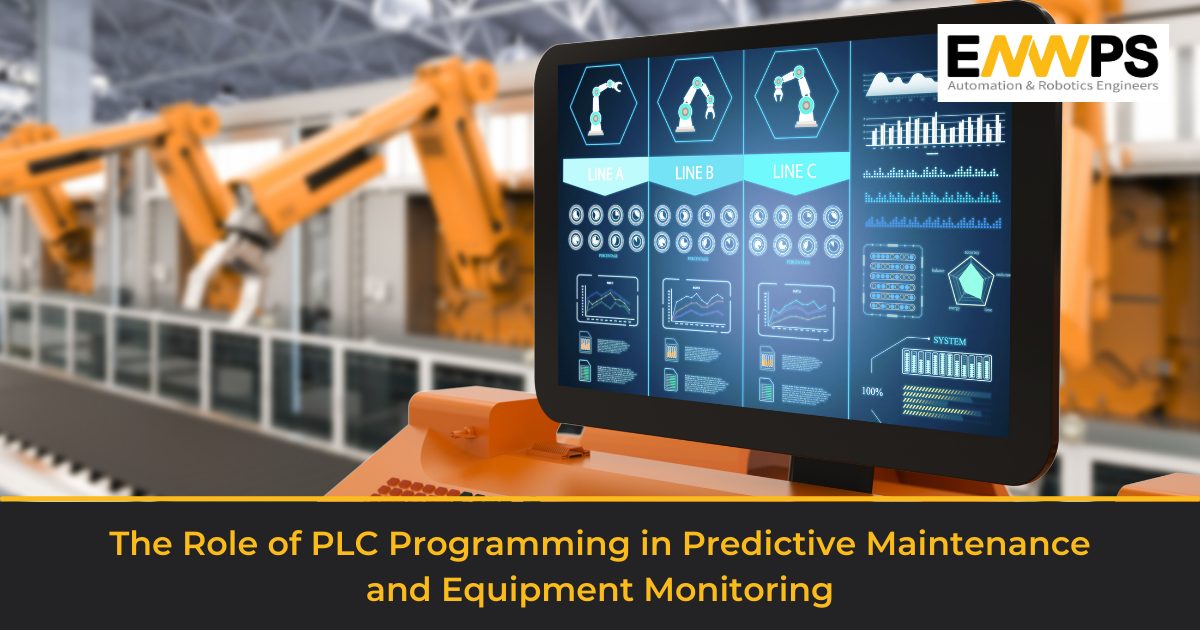
When we are looking to rely more on PLCs and automation, effective communication between devices and systems is vital for seamless operation and control. Programmable Logic Controllers (PLCs) play a central role in this communication by implementing various industrial communication protocols. In this blog, we will provide an overview of three popular industrial communication protocols used in PLC programming: OPC, Modbus, and Ethernet/IP. We will explore the functionalities, benefits, limitations, and application areas of each protocol. Additionally, we will discuss the factors that should be considered when choosing an industrial communication protocol for your specific application.
Overview of Industrial Communication Protocols in PLC Programming
Industrial communication protocols are standardized sets of rules and formats that enable communication between different devices and systems in an industrial setting. These protocols ensure interoperability and seamless data exchange, facilitating control, monitoring, and coordination of various processes.
PLCs use communication protocols to interact with other devices, such as sensors, actuators, Human-Machine Interfaces (HMIs), and Supervisory Control and Data Acquisition (SCADA) systems. By implementing the appropriate protocol, PLCs can receive data from sensors, process it, and send control signals to actuators, thus enabling efficient industrial automation.
What is OPC?
OPC (OLE for Process Control) is a widely adopted industrial communication protocol that enables interoperability between different automation systems and devices. It provides a standardized interface for data exchange, allowing seamless communication between PLCs, SCADA systems, databases, and software applications.
OPC is based on the use of Microsoft’s OLE/COM technology, which provides a framework for connecting different software components. OPC servers act as the interface between the PLC and the software application, translating PLC data into a format that can be easily understood and used by the application.
What is Modbus?
Modbus is a serial communication protocol that has been widely used in industrial automation for decades. It allows communication between PLCs and other devices, such as computers, HMIs, and remote terminal units (RTUs). Modbus supports both point-to-point and multi-point communication, enabling the exchange of data between multiple devices.
Modbus operates on a master-slave architecture, where the master device initiates communication by sending requests, and the slave devices respond accordingly. The protocol defines various data types, such as coils, discrete inputs, input registers, and holding registers, allowing for the exchange of different types of data.
What is Ethernet/IP?
Ethernet/IP is an industrial communication protocol that utilizes the Ethernet physical layer and the Internet Protocol (IP). It provides a fast and reliable means of communication between PLCs and other devices over standard Ethernet networks.
Ethernet/IP allows real-time control and data exchange, enabling seamless integration of PLCs with other devices, such as motor drives, robots, and HMIs. It supports both cyclic and acyclic communication, allowing for synchronized control and the exchange of real-time data.
Comparing Industrial Communication Protocols
When choosing an industrial communication protocol for PLC programming, it is essential to consider the specific requirements of your application. Let’s compare OPC, Modbus, and Ethernet/IP based on several factors:
– Ease of Implementation: OPC is known for its ease of implementation, thanks to its standardized interface and compatibility with various software applications. Modbus and Ethernet/IP also offer straightforward implementations, but they may require more technical expertise for configuration.
– Data Transfer Rates: Ethernet/IP offers high-speed data transfer rates due to its use of Ethernet networks. OPC and Modbus can also achieve decent data transfer rates, but they may not be as fast as Ethernet/IP in certain scenarios.
– Scalability and Flexibility: Ethernet/IP provides excellent scalability and flexibility, allowing for easy integration of additional devices and systems. OPC and Modbus also offer flexibility, but they may have limitations when it comes to adding new devices or expanding the network.
– Device Compatibility: OPC is widely supported by various vendors, making it compatible with a wide range of devices. Modbus is also extensively supported, while Ethernet/IP may require specific hardware support.
Benefits, Application, and Limitations of Protocols
Each protocol brings its own set of benefits, application areas, and limitations:
– OPC:
o Benefits: Standardized interface, compatibility with software applications, easy data exchange.
o Application: SCADA systems, HMIs, software applications requiring real-time data.
o Limitations: Higher implementation complexity compared to Modbus and Ethernet/IP.
– Modbus:
o Benefits: Simple and widely adopted protocol, support for point-to-point and multi-point communication.
o Application: Connecting PLCs to computers, HMIs, and RTUs in various industries.
o Limitations: Slower data transfer rates compared to Ethernet/IP, limited support for complex network topologies.
– Ethernet/IP:
o Benefits: High-speed data transfer, real-time communication, seamless integration with Ethernet networks.
o Application: Motor control, robotics, high-performance automation systems.
o Limitations: Requires Ethernet infrastructure, may have compatibility issues with legacy devices.
Factors to Consider When Choosing an Industrial Communication Protocol
When selecting an industrial communication protocol for PLC programming, consider the following factors:
– Application requirements and device compatibility.
– System integration and seamless communication.
– Scalability, flexibility for future expansion.
– Technical expertise within your organization.
Conclusion
In conclusion, selecting the right industrial communication protocol for PLC programming is crucial for seamless and efficient automation. OPC, Modbus, and Ethernet/IP are popular protocols that offer different functionalities, benefits, and limitations. Consider the specific requirements of your application, such as data transfer rates, real-time communication needs, device compatibility, and scalability. By carefully evaluating these factors, you can make an informed decision and choose the most suitable industrial communication protocol that aligns with your automation goals and requirements.
Talk to us today! Reach us on automation@enwps.com.



